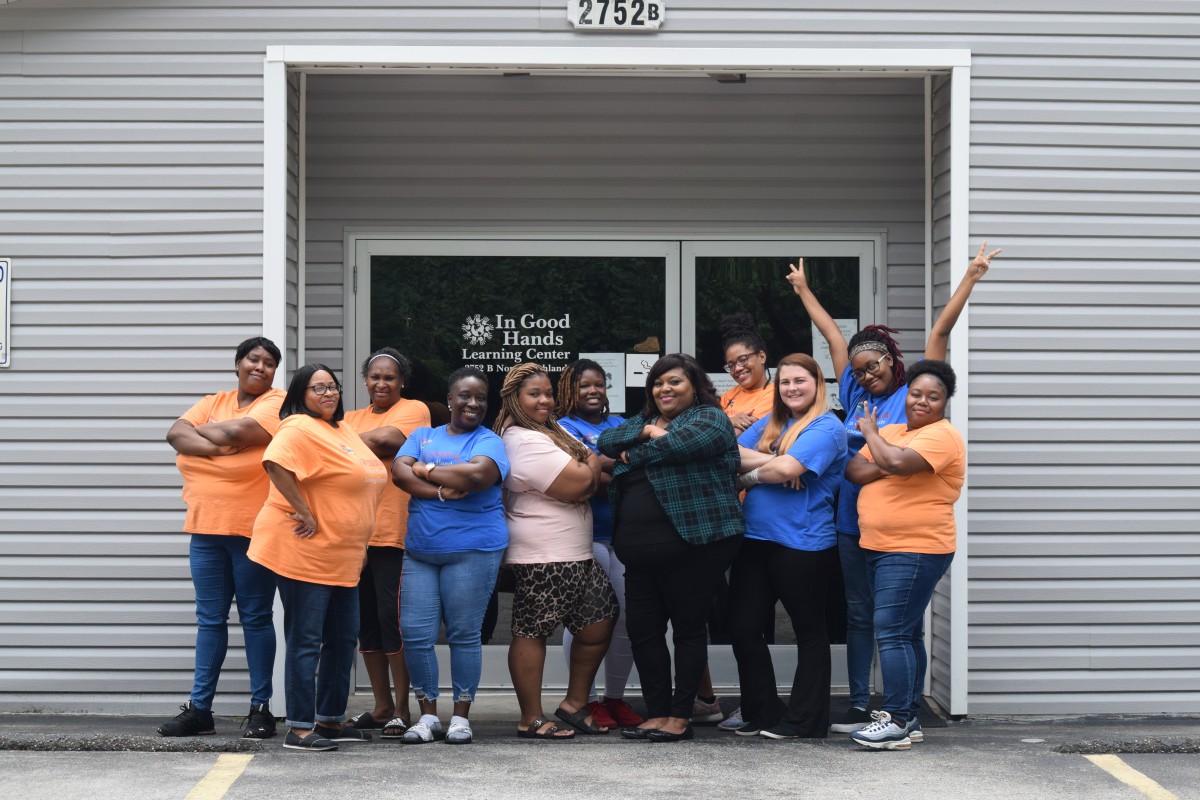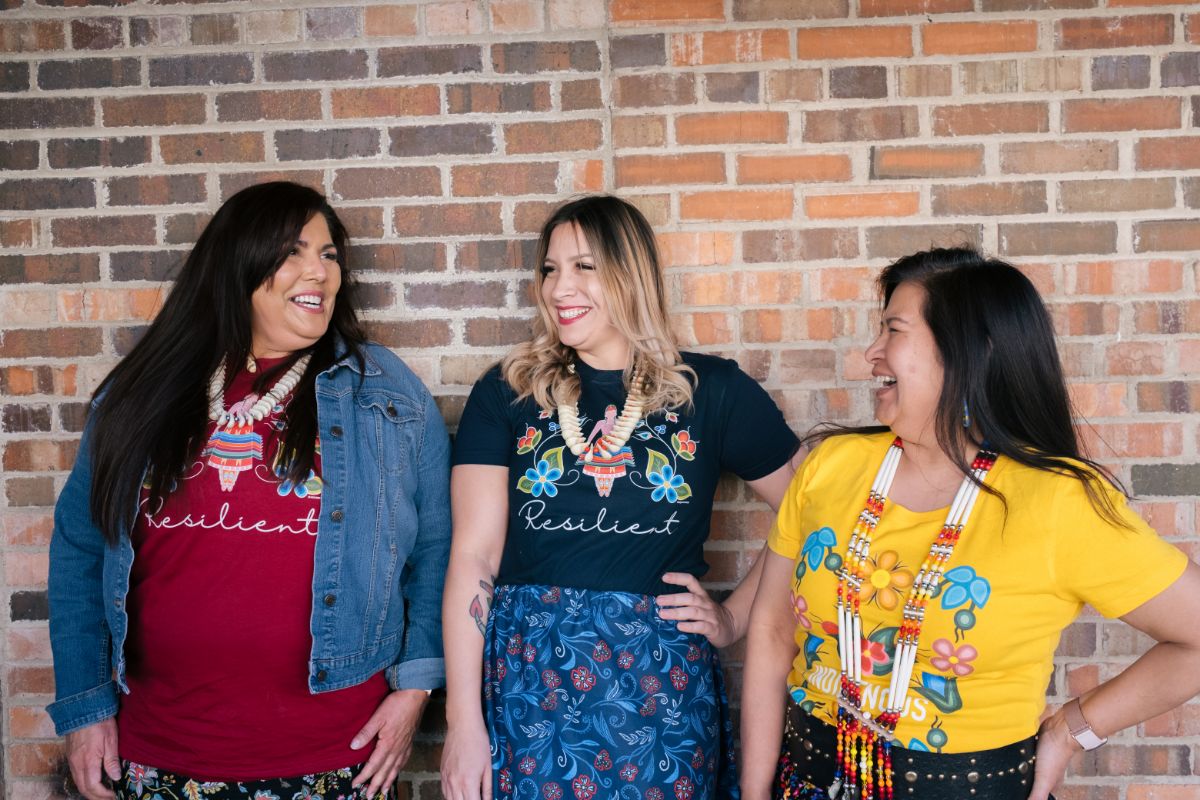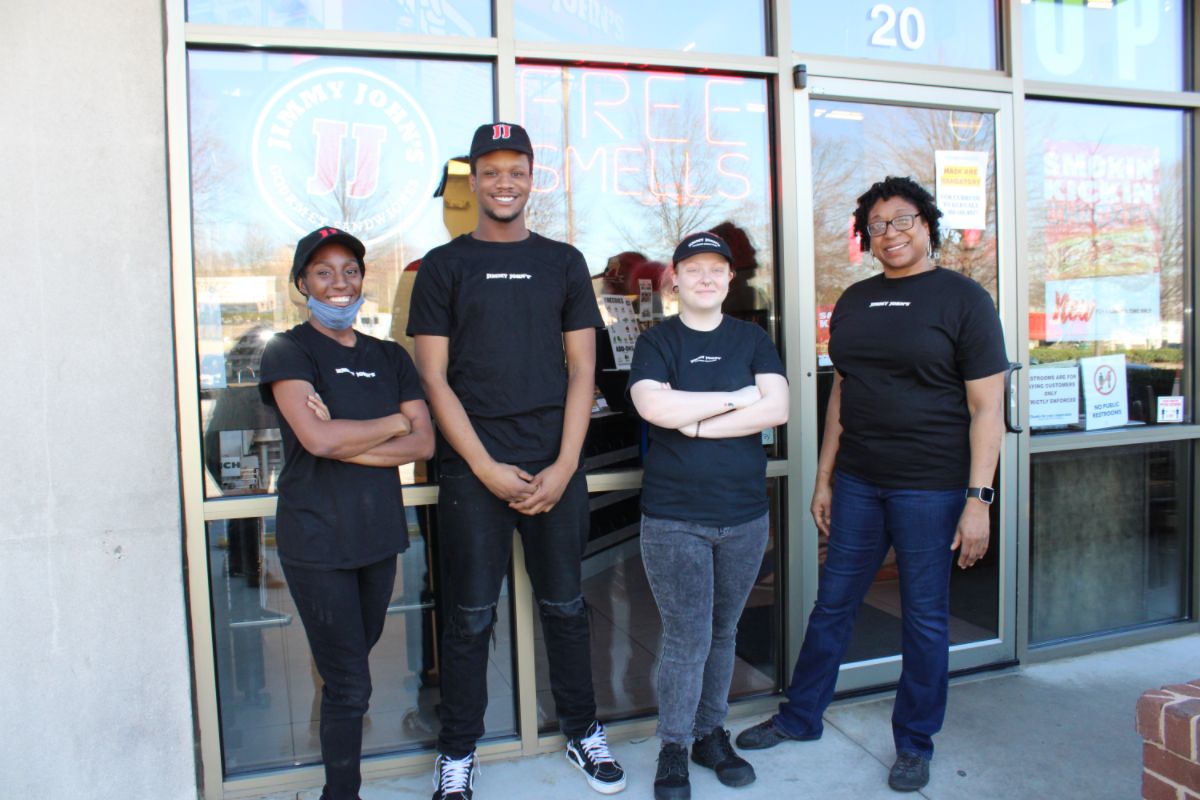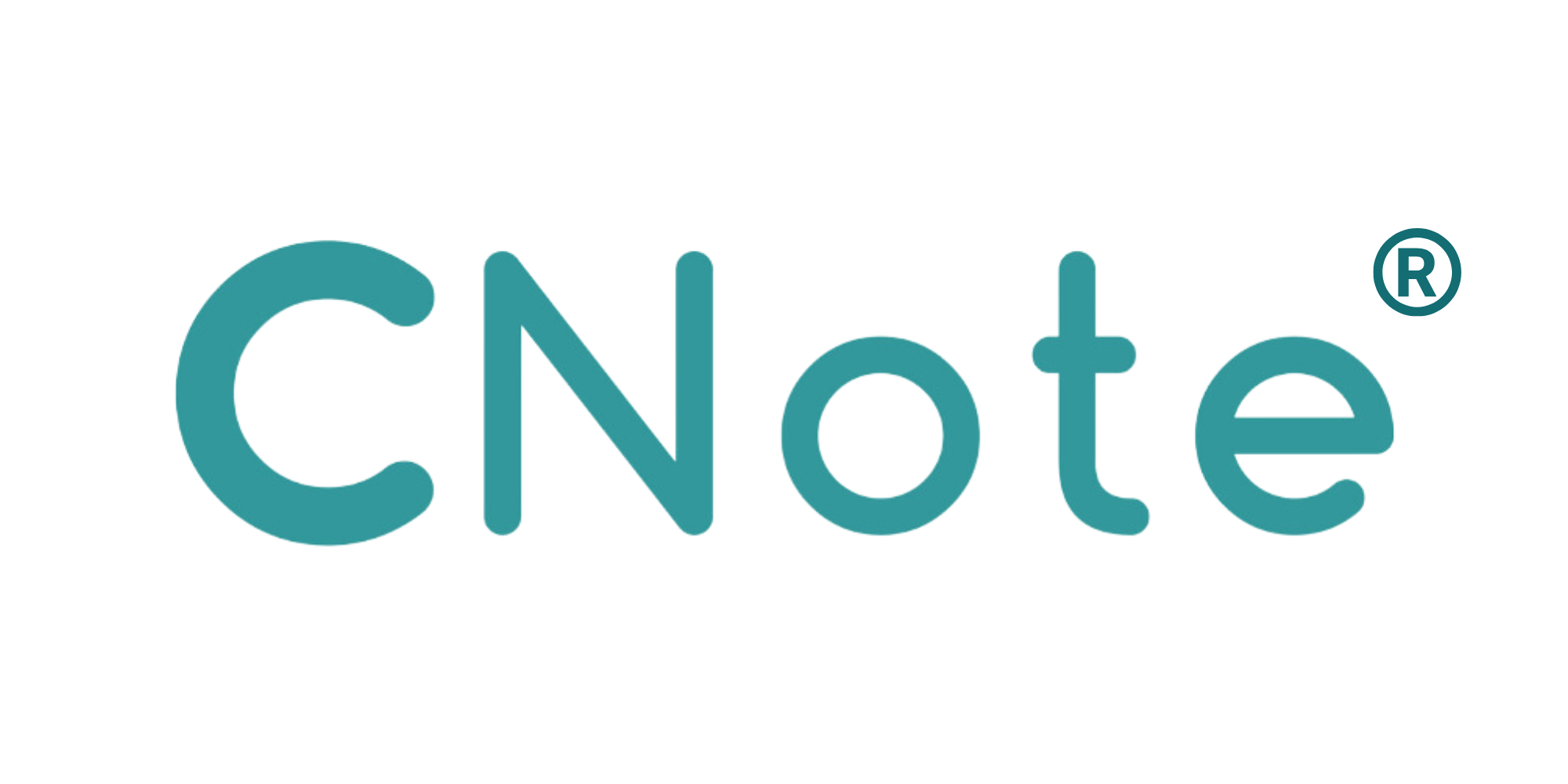Community Development Financial Institutions, more commonly referred to as CDFIs, are private sector, primarily nonprofit, financial institutions that provide loans and other financial resources to communities that are often underserved by traditional financial institutions.
CDFIs are federally certified entities. That certification comes from the CDFI Fund, an agency within the U.S. Department of Treasury, which explains that “certification is the U.S. Department of Treaury’s recognition of specialized financial institutions serving underserved communities.” The fund has certified more than 1,200 CDFIs, and these institutions exist in every state and the District of Columbia, serving rural, urban, and native communities while sharing the primary mission of promoting community development.
CDFIs have roots in civil rights, anti-poverty, and other progressive movements and can trace their origins to local credit unions and banks that sprang up to address predatory or exclusionary lending practices like redlining in communities across America. They believe in economic justice for all people and are federally regulated to focus their lending and business development efforts in low-income and underserved communities.
This article will explain how CDFIs work, their history, and will contextualize their positive impact on society.
If you’d like to dig deeper we’ve also created a more quantitative industry overview, which you can download and read via this link: CNote Whitepaper – Overview of the CDFI Industry (pdf).
Since CDFIs are a fundamental part of CNote’s impact investment offerings, and we make it easy for anyone, from corporate investors to individuals, to invest in CDFIs, understanding CDFIs will provide a more complete picture of the positive impact an investment in CNote has on communities across America.
Preamble: The hard work CDFIs have done over the last two decades.

Historically, CDFIs are an asset class that is undervalued despite their catalytic impact in communities. The Brookings Institute had the following to say when looking back at decades of historical data on CDFIs:
“CDFIs have succeeded by all obvious measures. A recent sampling of CDFI performance found that 81 CDFIs managing $1.8 billion in assets had provided more than $2.9 billion in financing. They did this with a 1.8 percent cumulative loss rate, consistently low delinquencies, and no losses of investor principle.”
Community Development Financial Institutions (CDFIs), the basics.
CDFIs exist to increase wealth building opportunities for LMI populations and ultimately reduce the wealth gap. They provide loans, financial services and educational resources to those left out of the financial mainstream. CDFIs put a priority on enriching their community over enriching their shareholders and focus on supporting economic growth at the community level, usually by financing small, minority-owned businesses, microenterprises, affordable housing, nonprofit and volunteer organizations, and services essential to revitalizing underserved neighborhoods.
Accordingly, a CDFI’s success is measured not only by their growth and financial performance but also by their impact in underserved communities, including increasing access to capital for minority and female entrepreneurs, new job growth and retention, the creation of affordable housing units and availability of affordable consumer loan products.
Typically, CDFIs come in four different forms, banks, credit unions, development loan funds, and venture capital funds. Each of these four institutional models serves a different part of the community and may have different risk profiles, legal structures, and targeted borrowers.

Filling a funding gap.
CDFIs provide financial services and products to individuals and communities that often do not qualify for services by the standards of mainstream financial institutions. These can be individuals that have nontraditional credit profiles and limited assets, younger borrowers with a shorter financial history or previously unbanked groups. CDFIs frequently recognize that living outside the economic mainstream does not make one uncreditworthy. When assessing people and places that have been shut out from mainstream financial tools like FICO scores and home appreciation, CDFIs consider alternative, though no less predictive, underwriting approaches like savings accumulation rates and history of rent and utilities payments.
It should be noted that despite how CDFI underwriting criteria may diverge from a traditional bank’s underwriting criteria, the Opportunity Finance Network (OFN) and Wells Fargo reported in “Innovations in Underwriting” that “innovative underwriting strategies by CDFIs don’t undermine risk management or portfolio quality. Rather, the new strategies analyze past and current portfolio activity to inform new practices.” Without access to affordable flexible capital, these groups’ ability to generate economic growth remains limited. CDFIs, by making their lending activity more inclusive and supportive of their borrowers, are including underserved groups in the financial mainstream.
The loans that CDFIs make have a tangible impact on their local community. Funds are used to support small businesses, develop affordable housing, build community facilities, and launch or expand other community programs.
As noted by Vice President Kamala Harris on June 15th, 2021 when she addressed the nation to announce federal relief funding for small business via a national network of CDFIs, “Community lenders understand the merit in providing access to capital directly to communities, and because they do they add value to those communities, and by extension our entire nation.”
The Community Development Financial Institutions Fund (CDFI Fund), which will be discussed further below, explained the history and the need for CDFIs in more detail:
Community Development Financial Institutions—or CDFIs—emerged in response to a lack of access to responsible and affordable credit and capital in minority and economically distressed communities. The CDFI “movement” took shape in the 1970s with the passage of the Community Reinvestment Act, which encourages financial institutions to meet the needs of all sectors of the communities they serve. Amid growing concerns about the social consequences of investment decisions made by the financial services industry on the nation’s low-income communities, early CDFIs began filling a niche by providing capital and credit in areas that are often difficult for traditional financial institutions to serve. (source)
One example of a successful CDFI with transformative impact is Black Hills Community Loan Fund, a Native CDFI dedicated to creating financial opportunities for economically disadvantaged families who aim to strengthen their financial future in the Black Hills Region of Rapid City South Dakota. With the Native CDFI designation, 51% of an organization’s clientele has to be Native American. BHCLF’s Executive Director estimates that their clientele is coming in at 90% Native American. In Rapid city 10% of the population overall is Native American, and within that population, more than 50% live below the poverty line. BHCLF’s programmatic offerings are centered around financial education, mentorship for entrepreneurs, first-time homeownership, and youth outreach in addition to its lending. You can read more about their impact here.

Looking again at the Brookings Institute’s comprehensive retrospective on CDFIs, Taking Stock: CDFIs Look Ahead After 25 Years of Community Development Finance, Brookings found that “CDFIs have helped prove several things, many of which now constitute mainstream market thinking.” Those included:
- “that financing women and minority homeowners and business owners is not only possible but profitable, and that race and gender are not reliable indicators of financial performance”
- “that conventional ideas about managing financial risk have changed and therefore will change in response to evidence that the un-conventional is possible”
- “that managing risk in non-financial and non-traditional ways (such as intensive technical assistance) can work”
- “that unconventional financial customers are important to conventional financial service companies because they are future customers and solid assets,” and
- “that community-centered groups can organize capital, manage it responsibly, pair it with organized people, and create measurable changes in communities.”
The legal framework behind CDFIs
Individual CDFIs are certified by The Community Development Financial Institutions Fund (CDFI Fund). The CDFI Fund is an agency within the U.S. Department of the Treasury that was established by the Riegle Community Development and Regulatory Improvement Act of 1994.
The CDFI Fund’s mission “is to expand economic opportunity for underserved people and communities by supporting the growth and capacity of a national network of community development lenders, investors, and financial service providers.” You can read more about the CDFI certification process here. CDFIs, despite being certified by the CDFI Fund, are non-government entities. CNote only invests money with CDFI-Fund certified institutions.
CDFIs, which are certified by the CDFI Fund, then go on to make loans throughout their local communities. The CDFI Fund summarized its model as follows:
“The CDFI Fund supports the mission-driven financial institutions working on a local level that know their communities best. Financial institutions that become certified by the CDFI Fund are eligible to apply for the comprehensive services it offers—including monetary support and training to build organization capacity. The CDFI Fund’s model is competitive and each of its programs provides CDFIs with the flexibility to determine the best use of limited federal resources in their community.”
(source)
The aim of the CDFI Fund “is an inclusive economy: an America where all citizens have the chance to participate in the mainstream economy.” CNote supports this goal by driving investor capital to these CDFIs, allowing them to expand their impact and fulfill their mission of financial empowerment.
The economic impact of CDFIs, and the CDFI Fund.
CDFIs have a significant impact on the economic growth of the United States. Nationwide, the CDFI industry manages more than $222 billion, creating jobs, affordable housing, financial health, and opportunity for all. While the focus of CDFIs may be on their local communities, these local activities can have a real impact on the broader economy.
In 2016 CDFIs provided over $3.6 billion dollars in financing to underserved communities (source). While the focus of CDFIs may be on their local communities, these local activities can have a real impact on the broader economy. Here are the 2016 results as provided by the CDFI Fund:
In fiscal year 2016 alone, CDFI Program awardees reported that they provided $3.6 billion in financing to homeowners, businesses, and commercial and residential real estate developments. These developments include the construction of community facilities in communities that might not otherwise have these amenities. In addition, CDFI Program awardees financed over 13,300 businesses and provided more than 427,000 individuals with financial literacy or other training. Similarly, in 2016, over $3 billion in loans and investments were made possible under the New Markets Tax Credit Program, with over 74 percent of the loans and investments made in Severely Distressed Communities. This critical financing contributed to more than 10,000 jobs and an estimated 26,000 construction-related jobs; and resulted in more than 600 affordable housing units, 10.1 million square feet of commercial real estate, and 5,500 businesses receiving financial counseling or other services.
(source)
According to the Opportunity Finance Network (OFN), a network of CDFIs, through its fiscal year 2018, its member CDFIs provided more than $75 billion in lending. This led to the creation or maintenance of 1.56 million jobs, the start or expansion of 419,150 businesses and microenterprises, and the development or rehabilitation of over 2.1 million housing units and 11,592 community facility projects.
This data shows just how concrete of an impact community-focused lending can have on the broader economy. These investments in small businesses and community development lead to job growth and economic prosperity. In summary, CDFIs help deliver economic opportunity to everyone
In addition to capital, CDFI’s differentiate their success and impact via technical assistance. They provide tailored support and guidance to the entrepreneurs they support. These CDFIs know the common issues small businesses in their communities face, and they can help them overcome obstacles to grow and become sustainable entities that create jobs and increase the tax base.
An example of this local expertise and guidance was the ongoing support that Access to Capital for Entrepreneurs, ACE, was able to provide to budding franchisee Felicia Parks. Felicia, a veteran, decided to open a Jimmy John’s store in Atlanta with her sons but being a first time business owner, she needed some help. Initially, ACE was able to assist Felicia with her business operations via a business coach; however, when COVID-19 hit, Felicia received a bridge loan from ACE to cover operating costs until she could secure a PPP loan through another lender. Unlike many of the business owners around her, Felicia’s Jimmy John’s never had to close its doors. Now, as she’s preparing for life after the pandemic, ACE has provided guidance and advice to help Felicia navigate the next 12 months, and Felicia is making use of ACE’s online resources on marketing, management, and finance, all geared toward getting her business back up and running after COVID.

CDFIs do much more than cut a check and walk away. They provide guidance, support, and expertise. They share success with their borrowers. By extension, every investor at CNote shares in the success of our partner CDFIs as they work to increase access to capital for communities in need and create more inspiring stories like that of veteran turned entrepreneur, Felicia Parks.
Are CDFIs riskier because they invest in underserved communities?
The risk profile of CDFIs has been assessed and the reality is that CDFIs do not present significantly more risk than non-CDFI financial institutions.
CDFIs also have the benefit of certain federal programs like the CDFI Bond Guarantee Program, which provides federal guarantees for bonds issued by CDFIs that make investments for eligible community or economic development purposes. We note that every investors’ appetite for risk can vary. While the research cited below can help guide an investment decision, it is not investment advice; Always consult with a financial adviser to find the investment option that is best for you.
In late 2014, two independent reports on the CDFI program “found that CDFIs have no more risk than conventional lenders and that they perform nearly just as well as mainstream financial institutions.” The first report, CDFIs Stepping Into the Breach: An Impact Evaluation Summary Report, undertaken by Michael Swack, Eric Hangen and Jack Northrup from the Carsey School of Public Policy at the University of New Hampshire made the following key conclusions:
- CDFI loan fund lending fills market gaps for key underserved low-income populations;
- CDFI loan funds deliver between roughly two-thirds to over ninety percent of all loan volume to borrowers living in a CDFI Fund-designated Investment Area;
- From 2005 through 2012, CRA reported lending decreased while CDFI loan fund reported lending more than tripled, and during the recession, this activity provided a counter-cyclical boost to the economy;
- CDFI loan funds provide borrowers that may not qualify for loans from mainstream sources with loan terms and interest rates that are still comparable to mainstream products; and
- The CDFI Fund is the second largest-source of equity to CDFI loan funds after internally-generated funds.
The second report, Introduction to Risk and Efficiency among CDFIs: A Statistical Evaluation using Multiple Methods, conducted by Gregory Fairchild from the Darden School of Business at the University of Virginia and Ruo Jia from the Stanford Graduate School of Business determined:
- CDFI banks and credit unions were found to have no more risk of financial failure than mainstream financial institutions, even after controlling for the CDFIs’ degree of involvement in the mortgage market during the financial crisis; and
- Despite serving predominately low-income markets, CDFI banks and credit unions had virtually the same level of performance as mainstream financial institutions.
This research suggests that CDFIs, when managed properly, can deliver returns at or below the risk profile of their non-CDFI counterparts.
CDFIs as Economic First Responders
CDFIs have consistently operated on the front lines of economic disasters such as 9/11, Hurricane Katrina, Superstorm Sandy, Hurricane Harvey, and the 2008 financial crisis, providing economic relief to American communities when they need it most. The Federal Reserve has recognized CDFIs as “economic shock absorbers” that continue to effectively serve their communities even amidst the most catastrophic economic conditions. Not surprisingly, we’re seeing that now in full force with this pandemic and the associated economic fallout.
The COVID-19 health crisis has had a traumatic and far-reaching impact on American communities, especially low-income communities and communities of color where small businesses play an essential role in sustaining economic growth. CDFIs have been essential to recovery as a crucial lifeline for small businesses across the country during the pandemic, and even for decades before.
During the Great Recession, when mainstream finance retracted lending, CDFIs maintained their lending activities and kept capital flowing to low income communities. With consistently low loan loss rates—a cumulative 0.73% from 1999-2017 that outperformed the 0.92% loan loss rate of FDIC-insured institutions in that same time period— CDFI lending has proven effective and successful in changing economic conditions.

After the pandemic began, a subset of about 300 CDFIs delivered $7.4 billion in PPP loans within the first three months. For comparison, JPMorgan Chase, which is the largest PPP lender and whose assets total $2 trillion, made only four times as many PPP loans as CDFIs did while being about nine times the size of the CDFI industry. In 2021 when the PPP portal reopened for an additional round of federal relief capital at the beginning of 2021, CDFIs were granted an exclusive access period to fulfill loan applications in recognition of their unique position to reach those being hit the hardest by the health and economic effects of the pandemic.
CDFIs have led the way for decades in supporting recovery efforts and it has been no different during the pandemic, and are essential to the health of our economy as a whole.
Investing in CDFIs as a way to support economic inclusion, economic justice and to reduce the wealth gap
In September of 2019, CNote co-hosted a webinar with leading CDFI, Access to Capital for Entrepreneurs (ACE). You can watch the webinar below or register and watch it on demand anytime here.
The webinar introduces Community Development Financial Institutions (CDFIs) as an impactful and competitive investment. Highlighting their strong history of providing economic resources to financially underserved communities across America, helping to create jobs, fund small businesses, and support affordable housing development.
Large banks and foundations of all sizes have been investing in CDFIs for decades. Until recently, investing in a diverse pool of CDFIs at scale presented significant challenges for all but the savviest of investors. Now, with CNote, investors of all sizes can deploy capital across a diverse pool of CDFIs with ease.
This presentation provides an overview of the CDFI industry, its history, how CDFIs are certified by the Department of Treasury, their mission and the types of investments CDFIs make in the communities they serve. Most importantly, this webinar explores the way increased capital access and CDFI lending activities can have a transformative effect.
“Even if you never apply for a loan from a CDFI, you should care about them. These institutions serve in places that the financial sector historically hasn’t served well. And that lifts our whole economy up.”
- Secretary Janet Yellen
How do I invest in CDFIs?
Prior to CNote, investing in a CDFI was a difficult, rigorous, and generally limiting process. CDFI investments can often be bespoke undertakings.
Today, anyone can invest as little as $1.00 in CDFIs to earn a higher return on their savings and have an impact on communities across the country. CNote optimizes for impact within its portfolio of CDFIs, and is the first company to make CDFIs, as an asset class, available to all investors.
If you are interested in investing in community development and want a better return on your savings, CNote might be a good option for you.

